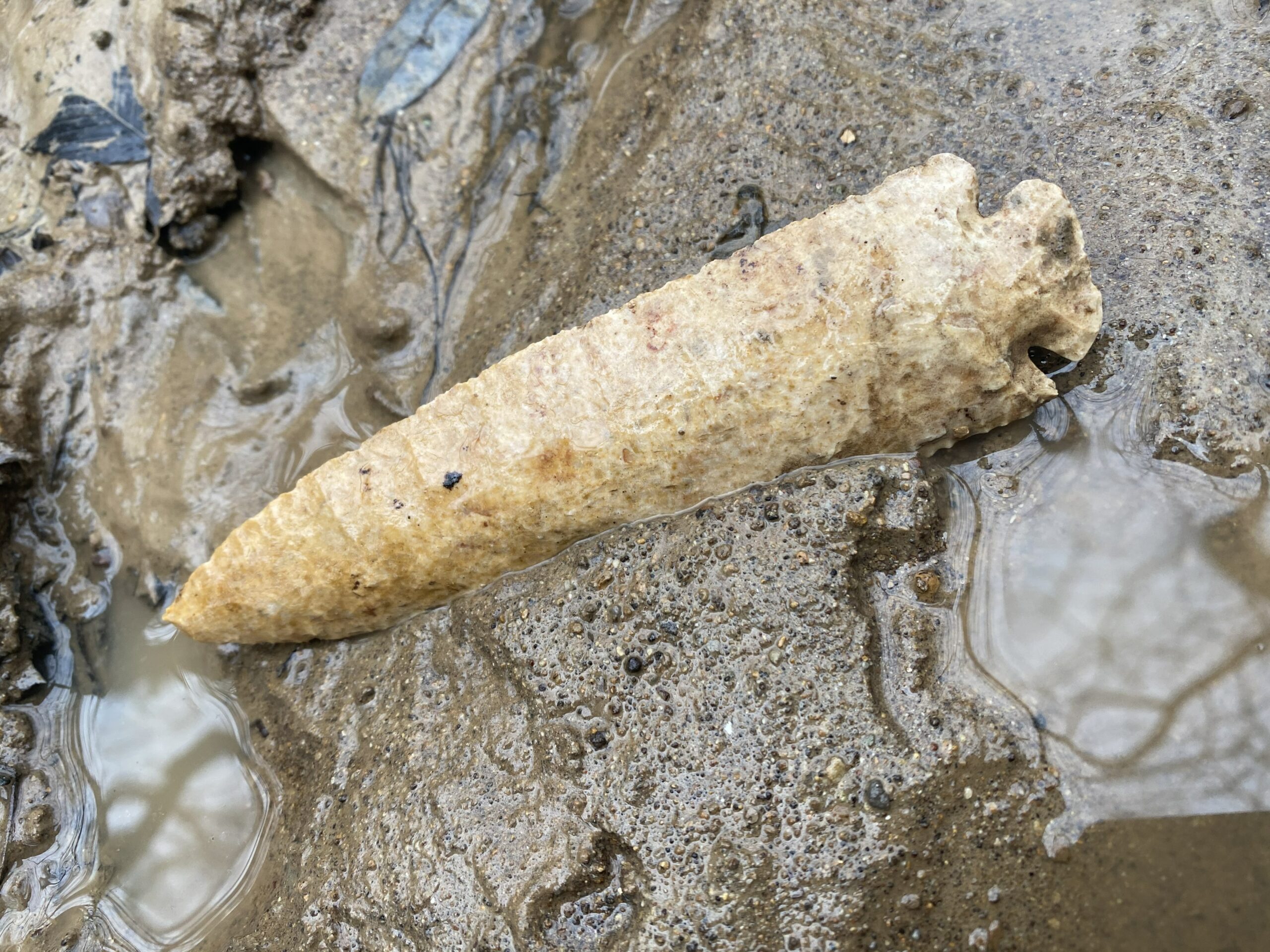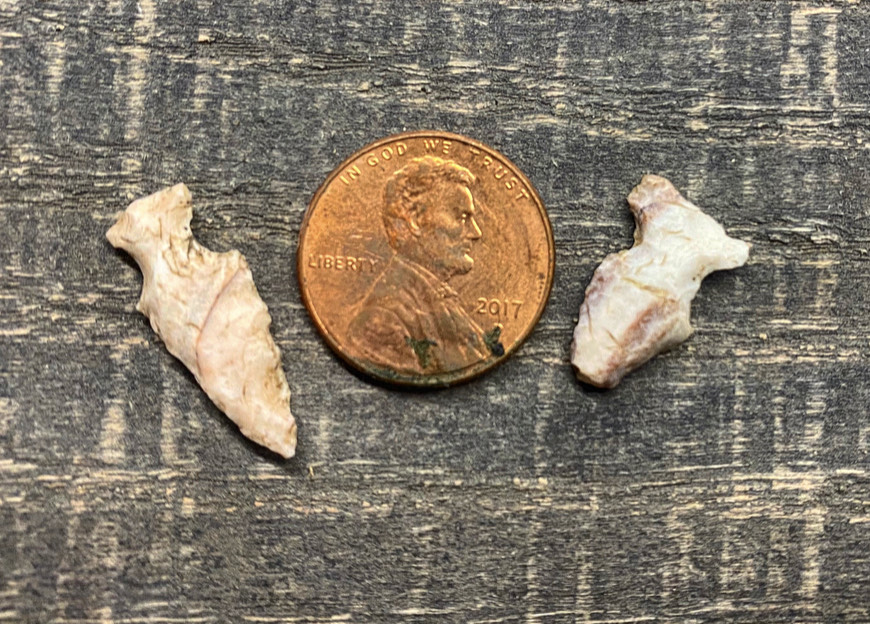Every deer season I key in on a mature buck and don’t do much else until I kill it. I also spend plenty of time chasing ducks, geese, and turkeys. And while I love the challenge of hunting each of these different wild game species, it is hunting arrowheads—small stones made and used by Native Americans as tools and weapons—that is my most treasured pursuit.
How do you find arrowheads? It’s different everywhere, but one of the smartest ways to get started is researching the historic ranges of the Native American tribes that once inhabited the region you live in. Keep your ears open for local legends as well. Small town bars and diners are good places to overhear lies, but you also might pick up a gem or two that could lead to a bounty of arrowheads.
But there are some arrowhead laws to know before you start hunting for them. It’s perfectly legal to hunt for arrowheads on private land with one caveat: You can’t dig up arrowheads if they are on a Native American burial site—even if it’s on your own private property. If you don’t know that the land you are on is an ancient burial ground, it is still illegal and a reason you should not turn your back 40 into an excavation site for arrowheads. Also, you can’t remove (or even pick up) arrowheads on public land. That includes U.S. Army Corps of Engineer reservoirs and BLM lands. Some states do allow you to take arrowheads from public waterways, but others do not, so check regulations beforehand. Once you know the regs in your area, then you’re safe to get started. Here are the best ways to find arrowheads.
Find Arrowheads in Creek Bottoms

Creeks are a great place to search for arrowheads. Lots of folks can get access to ditches on properties in their area, and you can have luck on a navigable waterway to a drainage in a cattle pasture. I have my best luck in rock-bottom creeks in hilly country. Arrowheads wash off the ridges and out of the soils where they’ve been buried for potentially thousands of years. Soil disturbances, precipitation, and freeze/thaw cycles can work rocks out into the waterways where they can be seen by creek walkers. In my experience, small creeks and ditches are great places to find full, remarkable pieces that haven’t been broken and chipped by plows or field cultivators as is common in agricultural areas.
This method is probably my favorite way to hunt, as it’s how my dad got me started looking. We didn’t have a ton of properties to hunt, but we would stop during spring turkey hunts to examine rock bars. Some of my best finds have come from these bars in creeks throughout the Midwest. I wish there were an exact science to it, because I’d have a bunch more stockpiled, but that probably wouldn’t make it as exciting when I do find one.
Keep an eye out for arrowheads in shallow creek bottoms and cutaways in the bends of the waterway. But also pay close attention to the dirt banks on each side. I have found arrowheads sticking right out of them.
Read Next: Hunting a Grizzly with a Stone-Point Arrowhead
Tilled Fields Will Turn Up Native Artifacts
Another common place to find arrowheads are worked agriculture fields. Native American camps often were positioned on rises along rivers and high ridges overlooking natural flood plains. Tillage can expose plenty of artifacts buried beneath the surface, and serious rock hunters key in on turned dirt. Finding a spot with flint chips (percussion flakes) means there were once native inhabitants nearby, and searching these areas after field work or a good rain can turn up arrowheads.
The same tools that make the rocks visible can also do some damage, though. Disks and cultivation tools have busted some incredible artifacts, but without them, many of these pieces would stay hidden forever. Fields are great because it allows hunters to cover a ton of ground quickly, which can be tough in winding ditches and streams.
In my experience, there’s typically a much larger quantity of pieces and chips to be found in farmed fields, but you may have to flip over dozens of broken arrowheads to find a specimen worthy of your collection. Rises in fields or high points along old floodplains are often hotspots for high volumes of arrowheads due to their past uses as community sites and work locations.
There’s also a chance you may find other Native American artifacts as you continue your search over the years. Just about every farmer in the Midwest I know has a story about finding pieces from the vantage point of their tractor cab. And several locals here have some incredible tomahawks and axe heads in their farm shops. I always feel like there’s an opportunity to find something truly unique every time I step into a farmer’s field.
